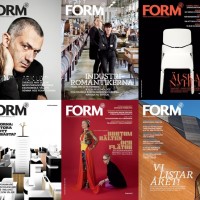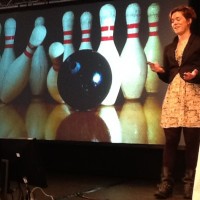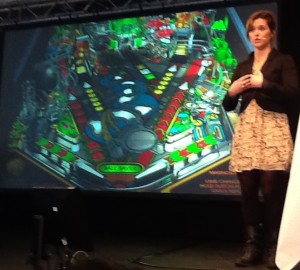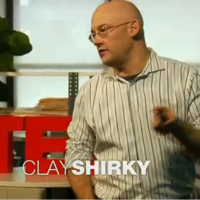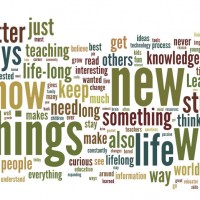I just remembered a really inspiring talk at Guldäggsdagarna 2010. This was almost a year ago, but I believe it is still well worth sharing.
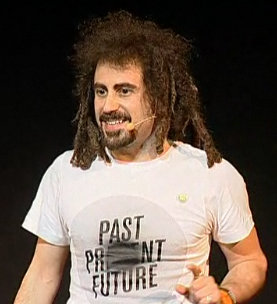
Click image to play video.
Faris Yakob was Chief Technology Strategist of McCann Erikson in New York, and is today Chief Innovation Officer at MDC Partners. In his presentation, Faris used a mind-provoking definition by Bran Ferren that technology is stuff that doesn’t work yet!
Faris referred to Douglas Adams, stating that
- everything that’s already in the world when we’re born is just normal;
- anything that gets invented between then and before we turn thirty is incredibly exciting and creative and with any luck we can make a career out of it;
- anything that gets invented after we’re thirty is against the natural order of things and the beginning of the end of civilisation as we know it until it’s been around for about ten years when it gradually turns out to be alright really.
Please enjoy the video!
Links to stuff not shown in the video
Moore’s law: page 26 in Deloitte – The 2009 Shift Index
Kryder’s law on computer storage costs: page 27
Gilder’s Law on cost per communication bit. Eventually the cost of a telephone call, or of a bit transmitted, will be “free.”
Media fragmentation by Millward Brown
PS – Can’t view flash on your device? View this post on a regular computer (Mac or PC).

